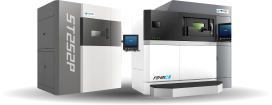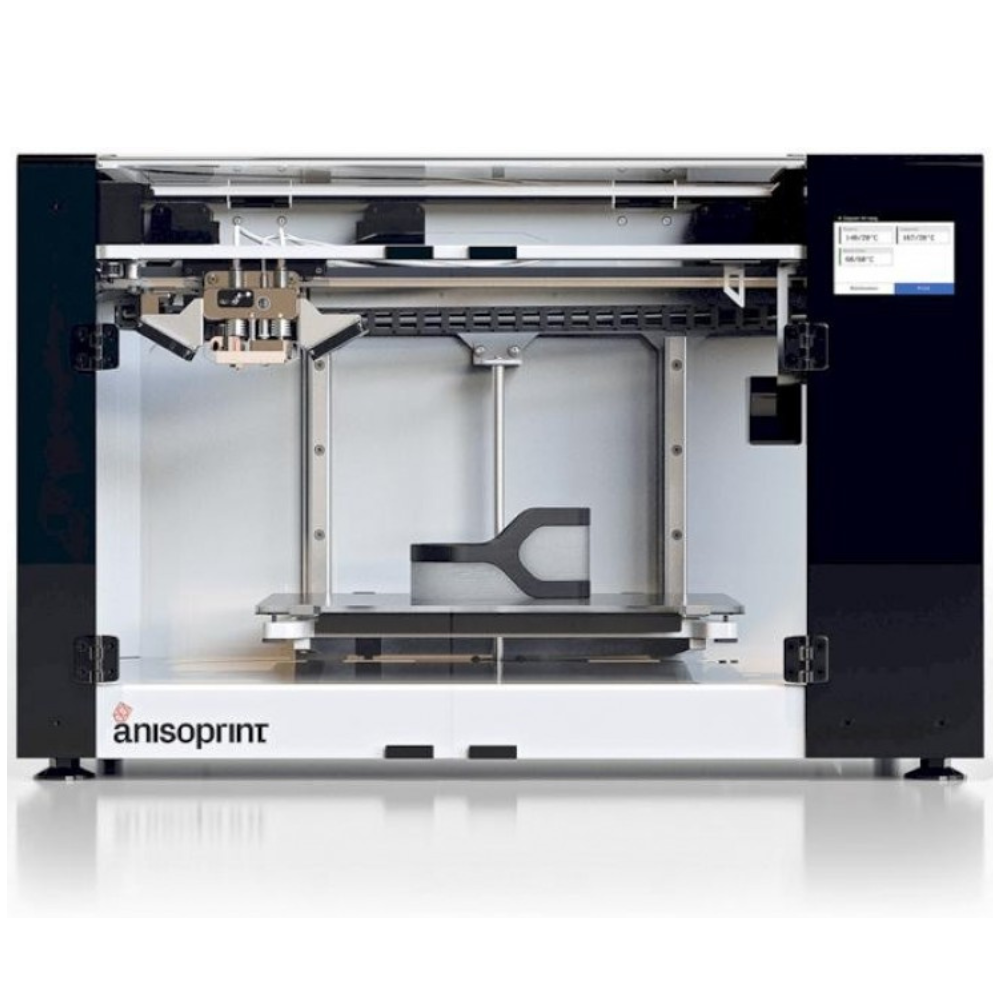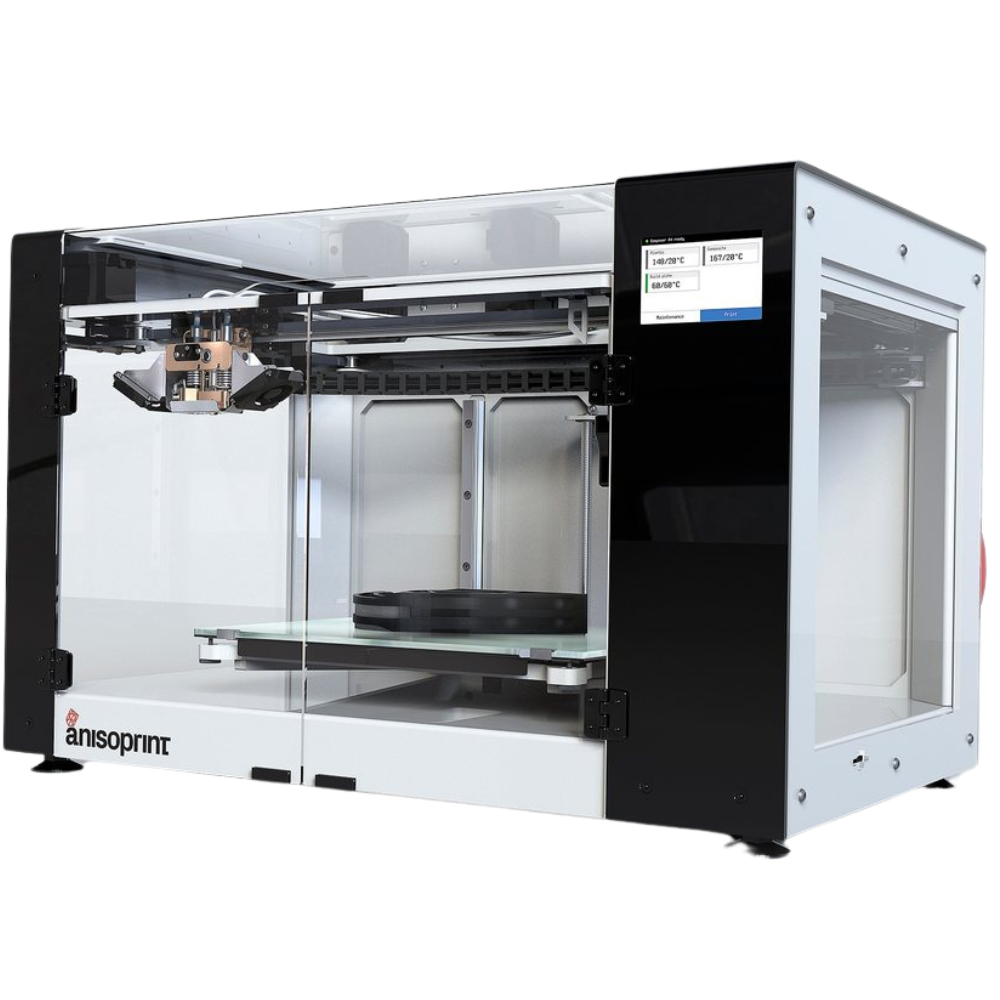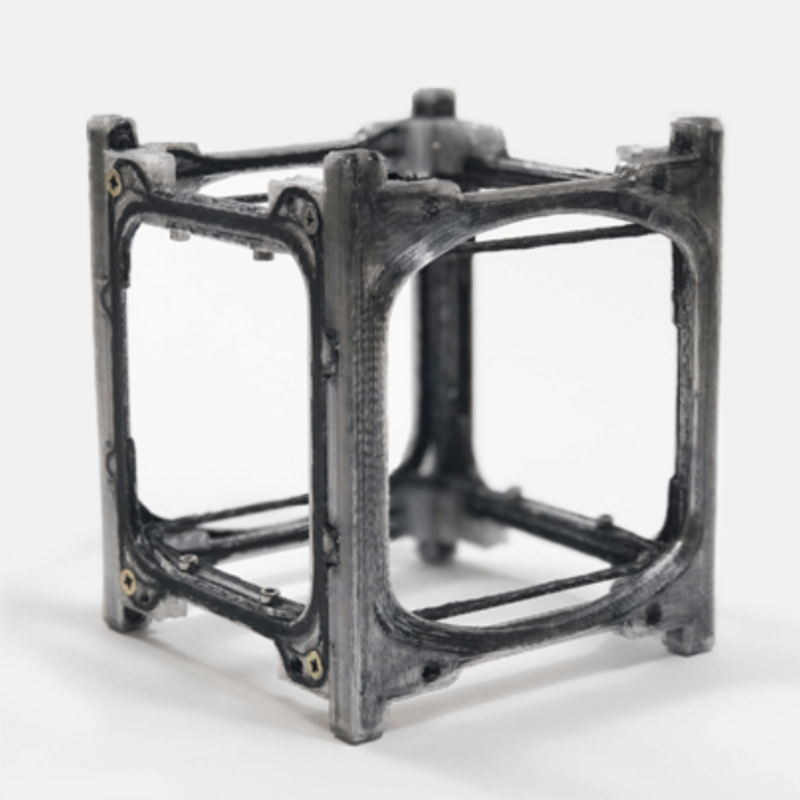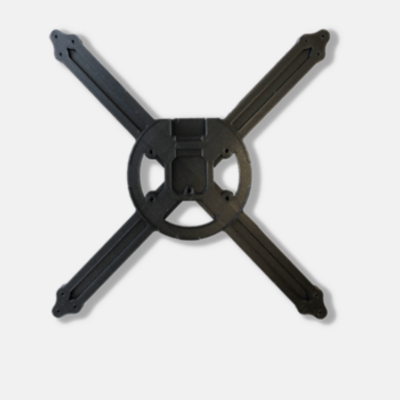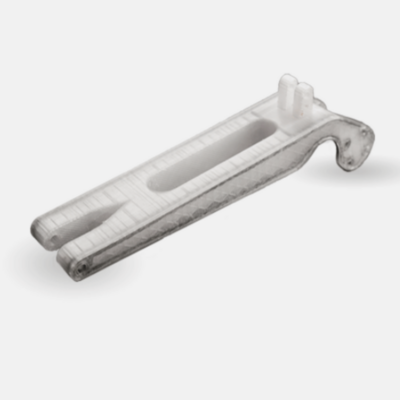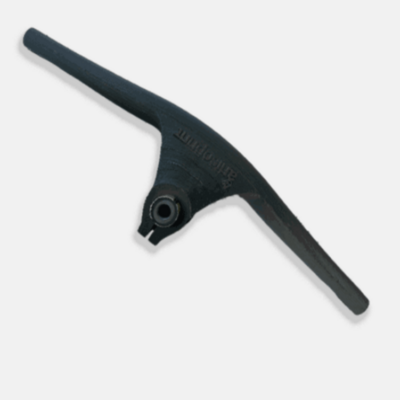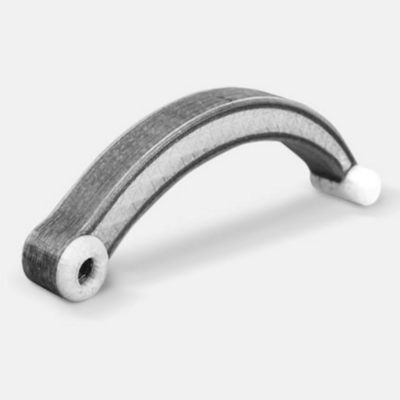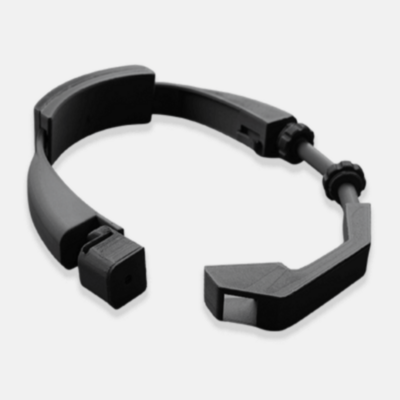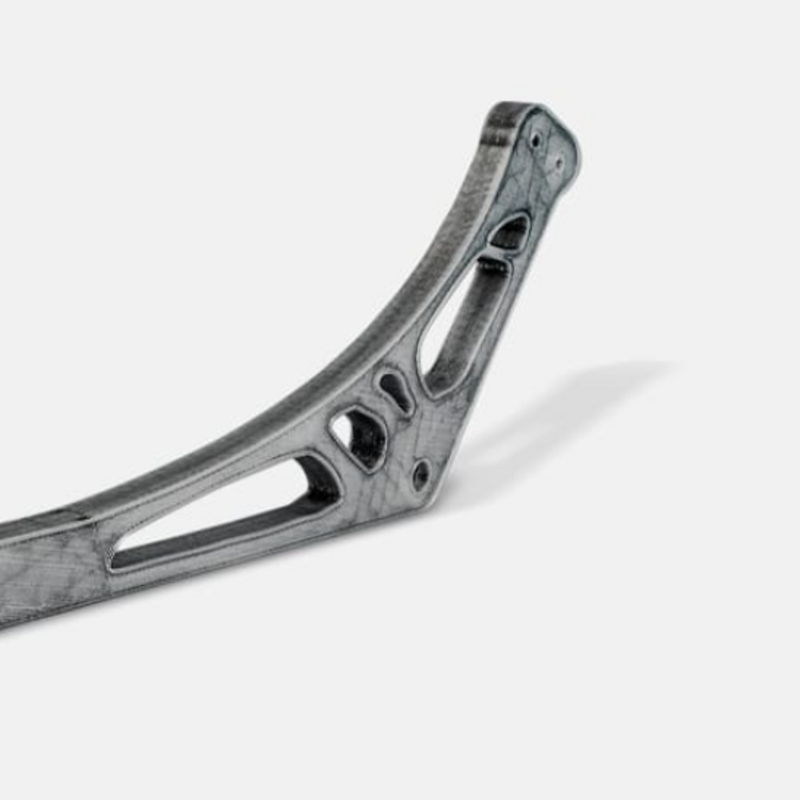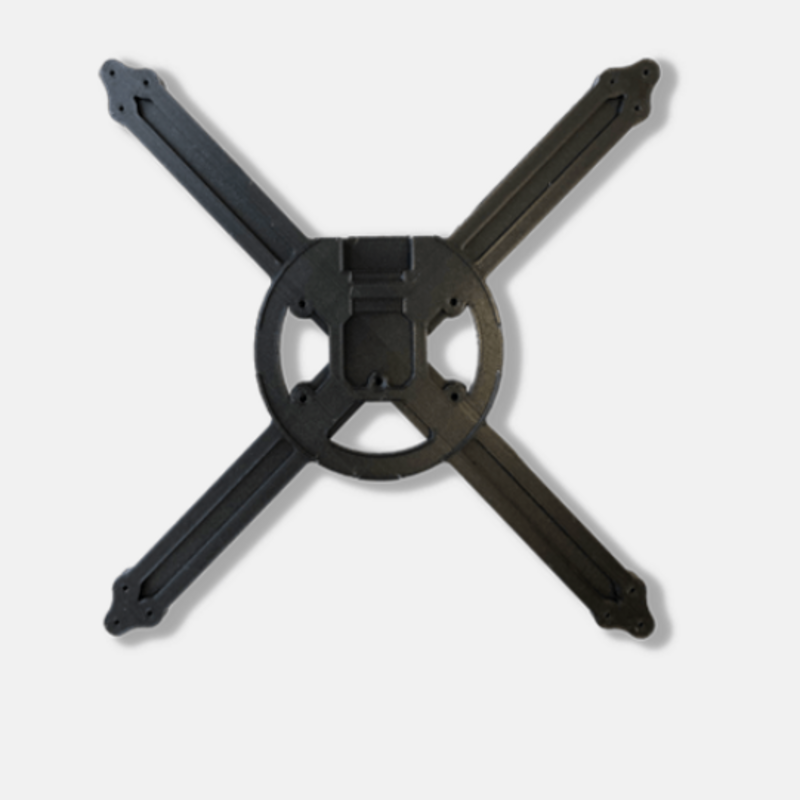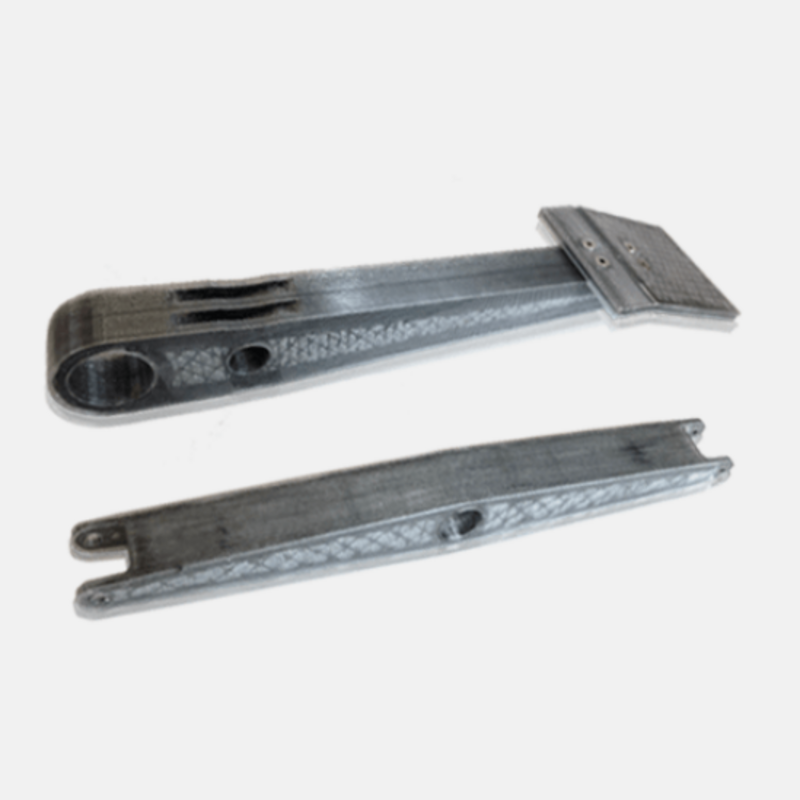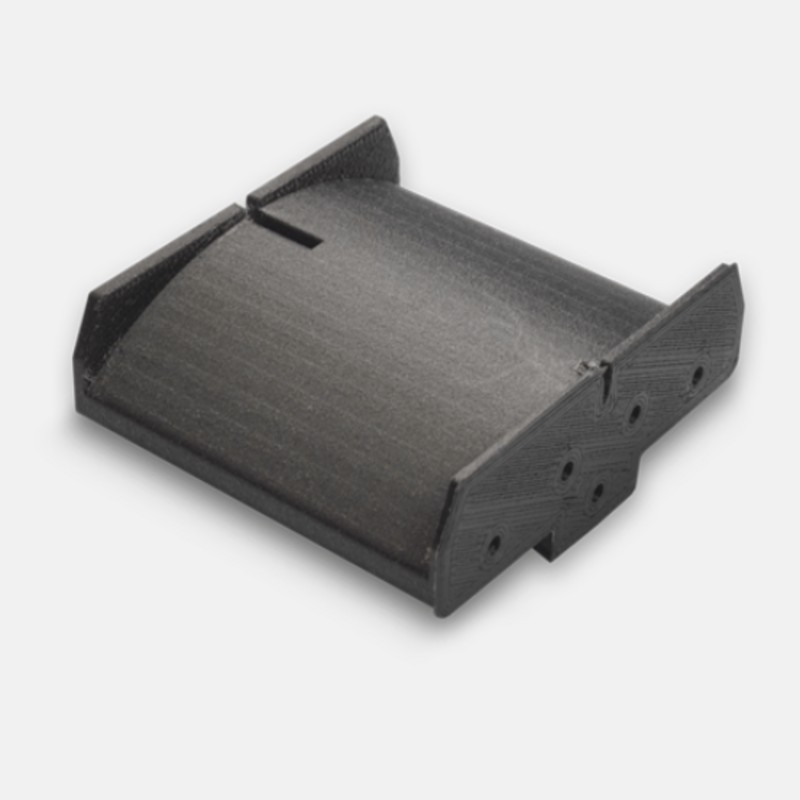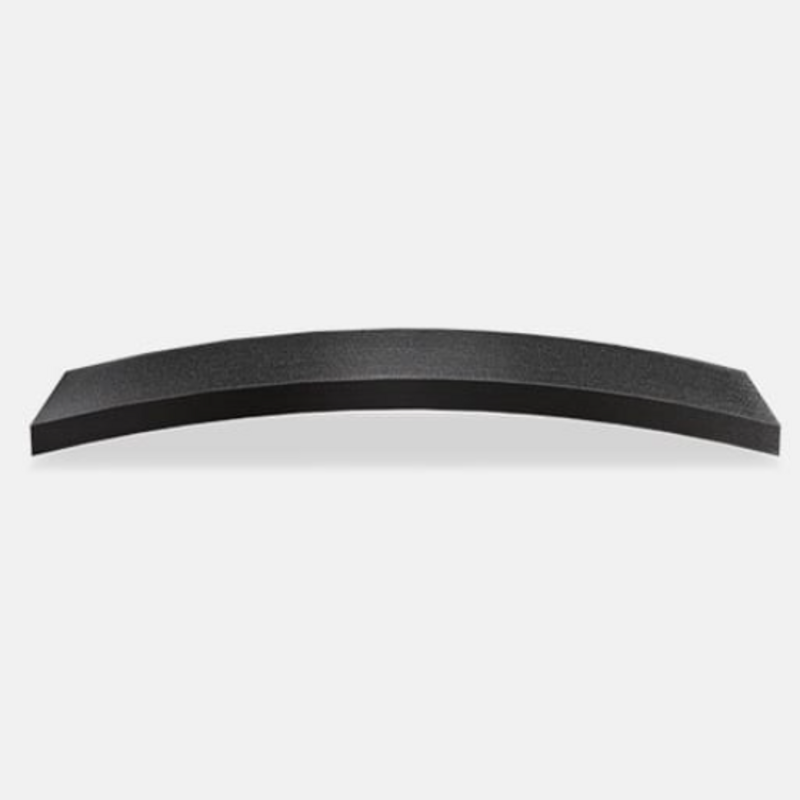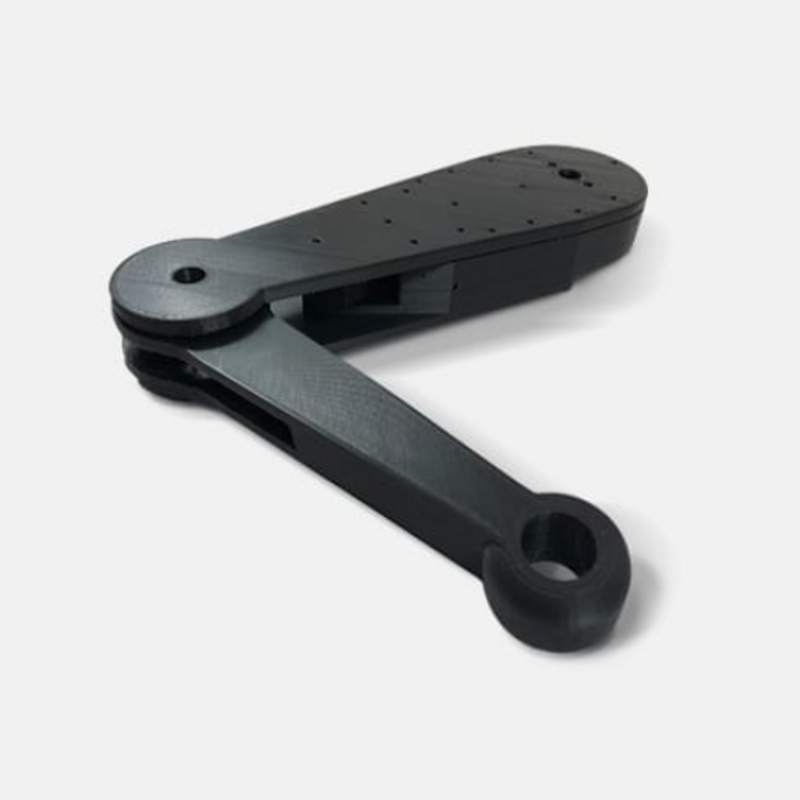COMPOSER A3 FFF 3D Printer
Desktop FFF 3D printer for easy parts manufacturing of optimal composites with continuous fiber reinforcement.
Details
| Weight | 143.3 lbs |
|---|---|
| Dimensions | 28.3 × 24.8 × 19.2 in |
| Build Volume | 18.1×11.6×8.2in / 460×297×210mm |
| Brand | |
| Buildplate Surface | Glass |
| 3D printers | FFF |
| Printing material | Plastic |
| Motion Control System | Closed-loop |
| Network Type and Protocol | Ethernet, WiFi, USB-type B, SD-card slot |
| Electrical Requirement | 220-240VAC (100-120VAC optionally), 50/6OHz, 800W |
| Ambient Temperature | 18-28 °C (64.4-82.4 °F) |
| Operating Temperatures | Max. Print Head Operating Temperature: 270 °C / 518 °F |
| Relative Humidity | max 70%, non-condensing |
| Layer Thickness | 0.0023in / 0.06mm |
| Plastic Filament Diameter | 0.0689in / 1.75mm |
| FFF Nozzle Diameter | 0.0157in / 0.4mm |
| Print Head | Dual nozzle: FFF extruder; CFC extruder with reinforcing filament cutting device |
| Printing Speed | FFF: 10 mm/sec — 80 mm/sec; CFC 1 mm/sec — 10 mm/sec |
| Operating system | Windows 7, Windows 8, Windows 10 |
| Integrated software | Anisoprint Aura |
| Interface | 4.3" LCD touchscreen |

